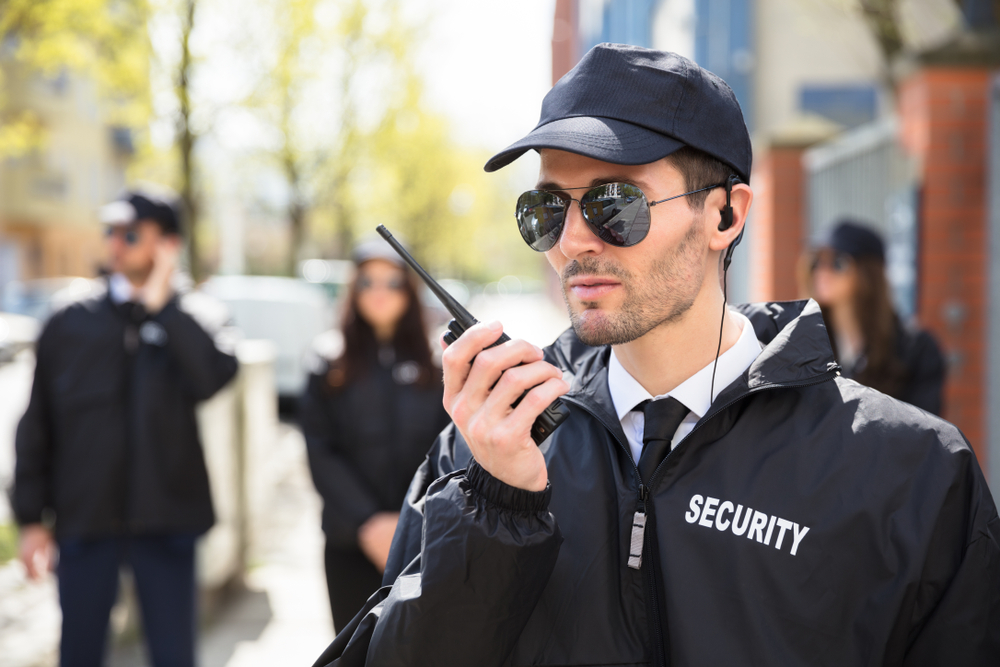Dealing with aggressive behavior is a part of every security patrol officer’s job and there is no denying this fact. Which is why it becomes more than essential for every security patrol officer to be able to identify physical & behavioral changes in people displaying aggression. This can, after all, be helpful in preventing or reducing violent events from happening significantly. Every security patrol officer, in that case, should be aware of different approaches to effectively handle people aggressive behavior to protect themselves and other people.
Before we briefly take a look at those ways, today here we are to help security patrol officers identify aggression through predictive methods. Meaning which, you might already be aware of these ways but might not have thought of implementing them to enhance the way you work.
What Is Aggression?
Aggression is a word that is used to refer to a range of violent or hostile behaviors that can result in both physical & psychological harm to the person himself or herself, others, & objects in the environment due to his or her readiness to attack or confront with forceful behavior. This type of behavior more than usual is the precursor to a violent incident or outburst.
The first thing that often comes to our mind when we think about aggression is it in a purely physical form. For instance, hitting or pushing. But there are various other forms that aggression can take & can also be very damaging in nature. Here’s a list:
- Physical
- Verbal
- Mental
- Emotional
How To Identify Aggression?
Identifying aggression to the untrained eye can be tough, which is why security patrol officers require specialized training in it. However, there are a few predictive methods that a security patrol officer can understand aggression in others by simply trying to consider his own feelings of aggression.
A security patrol officer experiencing aggression will not only help him to understand it but also monitor and control his reaction to aggression in others. So, here’s a list of physical & behavioral changes for security patrol officers that may be considered aggressive and helpful in identification.
Common Visible Physical Changes:
- Sweating
- Shaking
- Rapid breathing
- Clenched fists, teeth, and jaw
- Restlessness
- Impatience
- Hostility
- The rise in pitch of voice
- Verbal threats
- Posturing & threatening gestures
- Flushed face or extremely paleness of face
Common Visible Behavioural Changes:
- Shouting
- Swearing
- Aggressive posture
- Tone of voice
- Stamping feet
- Banging or kicking things
- Walking away
- Standing too close
- Oversensitive
- Personal insults & name-calling
- Racial or sexual comments
- Abusive phone calls
- Emotional abuse
- Sarcasm
Seeing theses signals of aggression altogether in person is an indication that the individual is becoming increasingly agitated. A security patrol officer must be able to identify it immediately, notify the management using guard tour reports and take appropriate action before it escalates into a violent situation.
A security patrol officer should at all times consider such situations seriously. He must be equipped with the right equipment like handcuffs to make a citizen’s arrest if he has to. A mobile patrol app as that of Guardso can come handy to send guard tour reports live with photos, videos, or audio files attached. Using the same mobile patrol app managers can also ensure their safety by tracking their movements on-site.
In addition to that, a guard on a private patrol must know all de-escalation techniques to resolve the situation before it becomes an issue.
How To Respond Effectively?
Did you know that even a small change in the behavior or environment can lead up to a bigger event? Which is why every security patrol officer being attentive & observant on-site can make a real difference. Here are a few tips to ensure such situations by security patrol officers are responded effectively:
- Identify potential threats proactively
- Evaluate the risks associated
- Use de-escalation techniques
- Fully & thoroughly document & report events
- Identify hazards and remove them
- Demonstrate understanding and empathy
- Try not to take hostility personally
- Be aware of your reaction to aggression
- Handle the situation as calmly possible
- Present a non-threatening, open stance
- Keep a good eye contact but not conferential
- Avoid expression of power & show respect
As a security patrol officer, how do you identify and then deal with people on-site with aggressive behavior? Do comment below to let us know.


